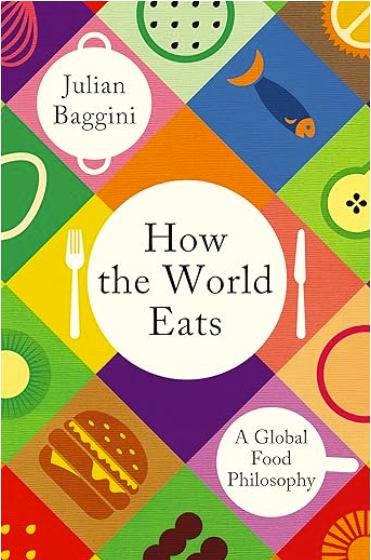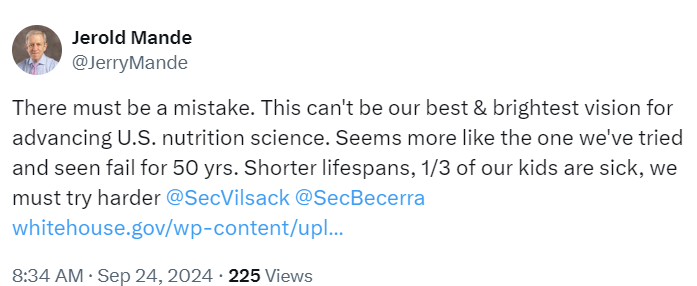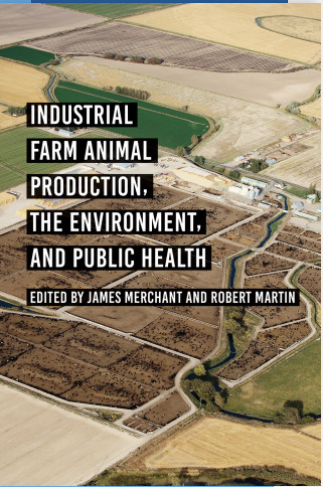Weekend reading: food philosophy
Julian Baggini. How the World Eats: A Global Food Philosophy. Granta, 2024. 443 pages.

I did a blurb for this one:
How the World Eats is an enormously wide overview of how people throughout the entire world–from hunter-gatherers to NASA astronauts–view, exist within, manage, and try to improve their food systems. Baggini’s philosophy makes sense. We need sustainable food systems to feed the world.
When I say “enormously wide,” I’m not kidding. Baggini has interviewed an amazing number of people, including me. I do not remember our interview (I don’t keep track of interviews), but he quotes me extensively—and my book Food Politics—especially in the chapter titled “The Big Business of Food.”
The book is long, not least because Baggini lets his interviews speak for themselves, regardless of their opinions on controversial food issues. He does not use the book to argue with the people he interviewed. If you want to know what everyone, everywhere thinks about food, from every side of an issue, this is a good starting place.
Eventually, Bagggini comes out in favor of food systems that are, in his words, “holistic, circular, pluralistic, foodcentric, resourceful, compassionate, and equitable.”
If we were to adopt the principles of Holism, Circularity, Pluralism, Foodcentrism, Resourcefulness, Compassion, and Equitability, many of the desiderata we have for the food world would come along for the ride. Everyone is in favour of sustainability, and that is what we would get if we followed these seven principles. Similarly, a circular, plural and resourceful food system is also an efficient ne. When the main things people want flow naturally from a set of principles, that is a good sign that those principles are the right ones. p. 361





